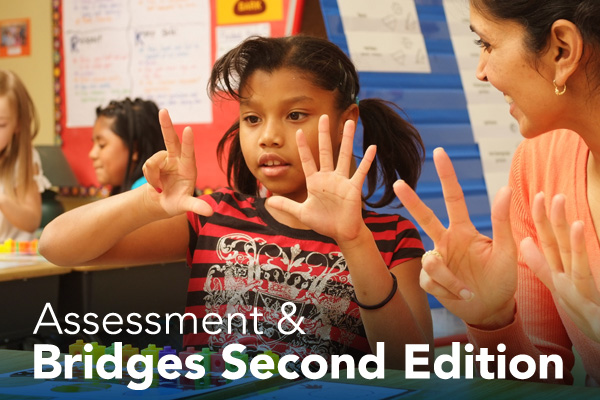
Effective Assessment
"Assessment should be more than merely a test at the end of instruction to see how students perform under special conditions; rather it should be an integral part of instruction that informs and guides teachers as they make instructional decisions." – NCTM
Although the role of assessment has become a complex and sometimes charged topic, the daily reality of assessment in the classroom remains both simple and profound. The fact of the matter is that assessment and good teaching go hand in hand. To teach effectively, we must be students of our students, continually observing, listening, and probing to determine how they are responding to our instruction. We can’t teach well unless we know what our students already know, are in the process of learning, and need to know. Moreover, our students can’t learn as effectively as they might unless they understand the short-term and long-term goals of instruction and have as much of a stake in their own learning as we do.
As a student-centered curriculum solidly rooted in problem solving, Bridges in Mathematics is filled with assessment opportunities. Most of the sessions open with a question or prompt: a chart, a visual display, a problem, or even a new game board. Students are asked to share comments and observations, first in pairs and then as a whole class. This gives the teacher an opportunity to take the group’s measure and conduct the day’s instruction with a feel for the students in the room. While the strategy may be subtle, it reflects a radically different approach to instruction—one in which assessment takes the lead.
The Bridges Second Edition Assessment Guide can be downloaded for Kindergarten through Grade 2 by clicking the links below and scrolling down to the Sample Materials section of the page. Grades 3–5 will be available for download in the spring of 2014.
Kindergarten: Parts 1–2 Parts 3–4
Allyn Fisher is an author and managing editor for MLC.
